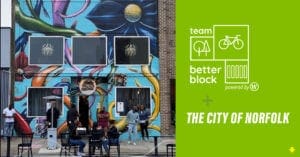
WGI Helps Restaurants and Small Businesses in Norfolk, Virginia With OpenNorfolk
WGI worked with the city of Norfolk and WPA Architects to provide rapid response to COVID-19.
Learn from award-winning professionals — explore our whitepapers, blogs, and the latest industry updates.
Join our dynamic organization of engineers, land surveyors, landscape architects, environmental scientists, and architects!
Talk to a market leader today! We’ll answer any questions you have about our professional services.
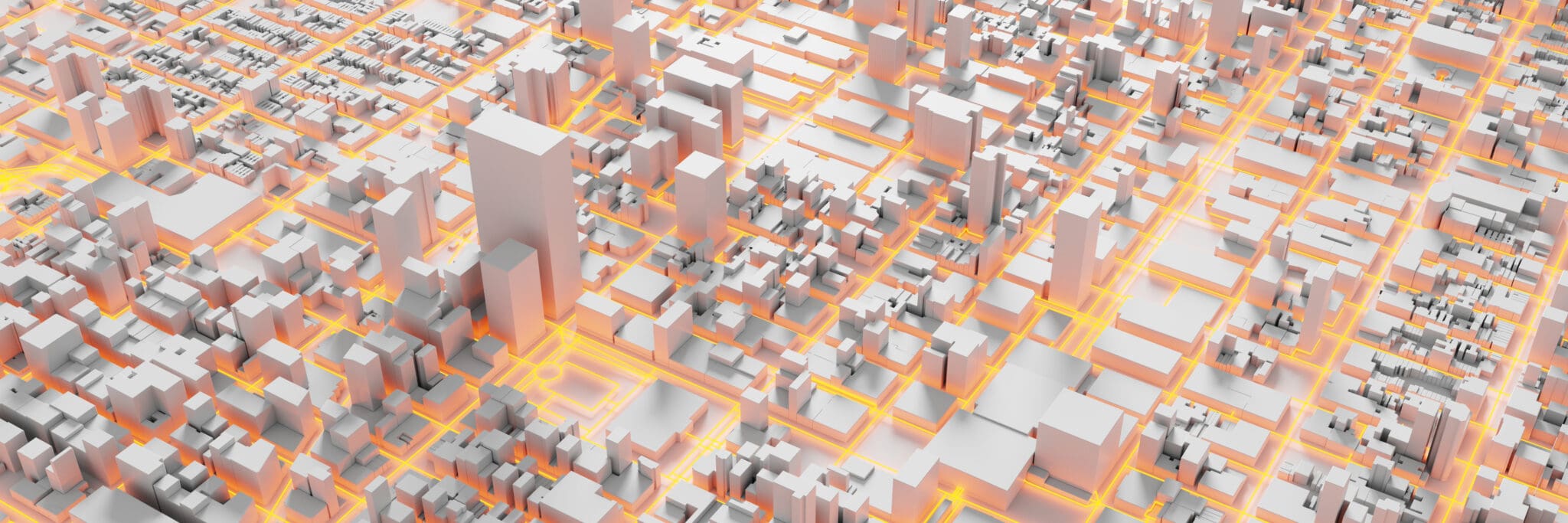
It’s said that Rome wasn’t built in a day and for good reason. Cities are the most complex human-designed system on the planet. Today, 55% of the world’s population lives in urban areas, with 68% projected to live in urban areas by 2050. In the United States, the number is already at 83% and projected to reach 89% by 2050.
As such, cities may represent the most important opportunity for innovation and digital transformation for our entire society — and the planet. Through this transformation, we can deliver an urban future that is more sustainable and resilient and also more adaptive.
Since cities are naturally complex adaptive systems, at least from a human perspective, the key to their future digital transformation is in design and implementation utilizing both digital and physical enablers of adaptation.
To achieve the Smart City of the future, the following three steps are needed to create the Adaptive City:
In this paper, we explore the successes and failures of the built environment’s digital transformation to date, why the Smart City concept is necessary but not sufficient, and three steps for achieving the Adaptive City of the future — one which works for everyone.
Adaptability is a powerful concept with real-world impact at a level even above that of sustainability and resilience. For example, whereas resilience is a risk-management strategy, adaptability is both a risk-management and an innovation strategy since the Adaptive City can dynamically respond to both challenges and opportunities.
While there are some shining examples of industry transformation such as Icon’s work in permitted 3-D printed housing, Move Nona’s creation of the largest and longest autonomous vehicle network at one location in the U.S. (with five routes and eight shuttles connecting nearly 10 key destinations), and the Virgin Hyperloop’s successful passenger test runs, recent attempts at large-scale digitization of the urban landscape stalled.
CISCO pulled back from its Smart City push in 2020, mostly due to the timing effect of the pandemic pressuring public budgets. Alphabet-backed Sidewalk Labs pulled out of a billion-dollar Smart City contract in Toronto. Katerra, which received $865M in venture capital investment in 2018 to target offsite and modular construction, filed for bankruptcy and auctioned off its assets, and IBM, with its “Smarter Cities” campaign, invested millions before pulling back.
Some reasons for these growth stalls include market readiness and timing, but also ecosystem complexity. When there are hundreds of niche use cases and thousands of available solutions, it is hard for mega-vendors to come along and capture the market. The Internet of Things (IoT) ecosystem, for example, is much the same and is comprised of thousands of specialty vendors competing for a share of the projected $278.9B market for global IoT solutions and services by 2024. Even the sub-segment related to Radio Frequency Identification (RFID) technologies is splintered into active and passive tags, readers, middleware, printers, and a plethora of industry specific applications.
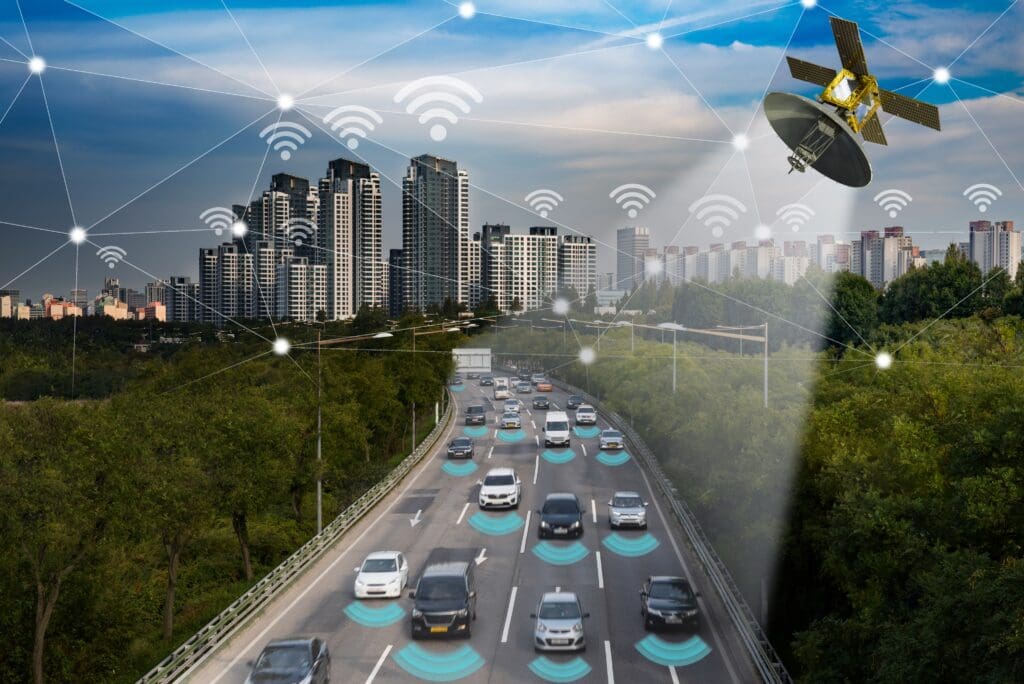
While the concept of the Smart City (coined back at the beginning of the new century) has long been the future vision for cities — it is necessary, but not sufficient. Management consultancies and tech firms have long pitched the notion of intelligent sensors capturing billions of real-time data points to help cities become smart and able to respond to their surroundings. Common use cases included self-driving cars, smart lighting, and even smart trash cans. Sensors and data are indeed the building blocks — like cement, air, water, sand, and gravel are for concrete — but represent raw ingredients not the final solution.
Digital twin technology, like that in use to design the greenfield city of Amaravati in India, helps to take the Smart City concept one step further. Amaravati is being designed from the ground up for a population of 3.5M people. “Covering 217km² the project will have a 134km metro network, 316km of main roads, over 100 health centers and schools, 40 colleges, three universities, three key state government buildings, and the capacity to generate nearly 3GW of power.” The benefit of the digital twin platform, in this case a digital model of the physical city, is that it supports development, planning, operations, and citizen engagement and therefore spans all stages of the design, build, operate lifecycle. Amaravati citizens will have their own Digital Twin user ID to access a single citizen portal with all government information and services.
This is a useful start, but the city of the future needs to go one critical step further. It needs to become an Adaptive City able to respond dynamically to continuous change and disruption.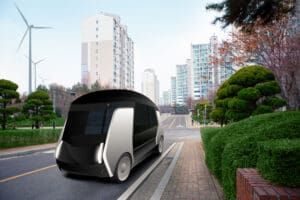
The Smart City of the future needs to become an Adaptive City able to respond dynamically to continuous change and disruption.
In recent years, disruption — in all its forms — moved from the exception to the norm. Today’s continuous disruption comes in the form of both technological disruption like 3D printing, artificial intelligence/machine learning (AI/ ML), autonomous vehicles, digital twins, and modular construction, and business disruption such as pandemics, extreme weather events, climate change, acts of God, and even wildly fluctuating governmental policies.
The Smart City concept worked well for steady state conditions, but in a world of continuous disruption a city’s key requirement is the ability to respond to change — and do so with intrinsic agility across both digital and physical aspects of its operating model. Agility in the digital stack is nothing if the city remains brittle in its physical infrastructure.
Agility in the digital stack is nothing if the city remains brittle in its physical infrastructure.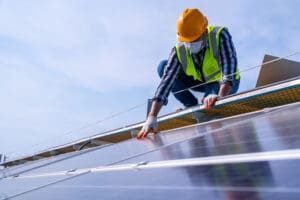
Much like the U.S. military’s defense-readiness condition (DEFCON) system, the ability to quickly respond to change, and do so with pre-defined “go-to” operating conditions, enables the city to continuously maximize its up-time and benefit for citizens without having to reinvent itself every time.
An Adaptive City balances lives and livelihoods, as well as resilience and sustainability, and all the political, economic, social, technological, legal, and environmental (PESTLE) external conditions that need to be continuously analyzed and acted upon.
THREE STEPS FOR IMPLEMENTING THE ADAPTIVE CITY
The path to the Adaptive City is a multi-year journey. Like digital transformation, it can gain quick wins along the way so that benefits are realized every step of the journey. Three key steps along this path to implementation relate to establishing the vision, designing for adaptability, and then building and operating for intrinsic agility as follows:
Step 1: Establish the Vision for the Adaptive City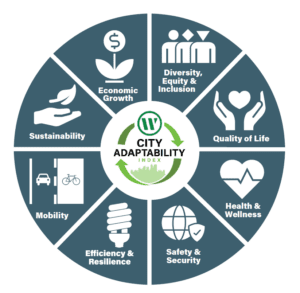
The vision for the Adaptive City of the future starts with its strategic goals. They may include economic growth, quality of life, health and wellness, diversity and inclusion, safety and security, mobility, efficiency and resilience, and sustainability and environment. This is clearly different for each city. Miami’s resiliency needs, for example, are far different from those of Dallas. Adaptability is key since it becomes an enabler to better support all strategic goals of the city. It means you can hit more of your goals more of the time for more of your stakeholders.
Adaptability means you can hit more of your goals more of the time for more of your stakeholders.
As an example, the concept of dynamic curb management enables city planners and building operators to smooth the traffic flow and curbside deliveries using dynamic, data-driven curb management software and policies to make roadways more efficient and equitable. For instance, two-hour parking spaces can become threeminute loading zones or dynamically priced delivery zones, based on time of day or other factors.
Since the strategic goals for the city are continuously changing, the Adaptive City will need to support dynamic optimization of the goals themselves, so goals sometimes in mutual tension with one another, such as traffic volume (i.e., mobility) and CO2 emissions (i.e., environment), can be pro-actively managed minute-by-minute.
Step 2: Design for Adaptability
To design for adaptability, it is important to focus the design across both digital and physical elements of the city architecture. Software adaptability can be accomplished with approaches like cloud computing, AI/ML, hyperautomation, software-defined networks, smart contracts, digital twins, and platform business models. Physical adaptability can be accomplished with approaches such as adaptive materials, modular design and construction, multi-functional design, robotics and drones, and techniques which support rapid integration and interoperability or dynamic provisioning (Table 1).
To design for adaptability, it is important to focus the design across both digital and physical elements of the city architecture.
By way of some examples, Ample’s robotic battery swapping stations can swap out an electric vehicle’s battery modules and packs in 10 minutes. “Plug-and-play urbanism” takes elements such as pedestrian bridges and makes them moveable as needed. An example is the City of Fort Worth, which made streetscape improvements with a moveable bridge across an 80-foot-wide creek. On a larger scale, Qatar’s shipping-container football stadium can be taken apart and reassembled after the match.
Operational optimization in parking facilities means not only doing more with less (e.g., during the pandemic when demand was down by as much as 90%), but in finding alternative approaches such as converting garage levels to work-out facilities, providing space for pop-up retail, or staging areas for restaurant take-out and food deliveries.
This physical adaptability extends to specific assets in both the built environment and entire structures. Multifunctional streetlights, like those in the New Haven planned-development community in Ontario, California, are equipped with USB charging ports, environmental sensors, Wi-Fi, wayfinding, and more.
As another example, dynamic road provisioning and dynamic road pricing can be used to allocate space both to and from private motorized vehicles, helping improve the provision of bus services and encourage cycling and walking. Just like the “lot size of 1” in the Industry 4.0 vision for the future of manufacturing, this dynamic provisioning and pricing can move from today’s blunt instruments applied “en masse” to a broad swath of city traffic, almost down to the level of individual vehicles.
To build out or renew this infrastructure, it is important to utilize the new technological building blocks such as those outlined earlier. These digital and physical enablers will provide intrinsic agility, since utilizing them during the construction or renovation process, as well as in daily use and operation, there is already adaptability by design.
In terms of integration, it will be important to pursue a platform business model approach where intellectual property from startups and other constituents in the Adaptive City ecosystem can plug-and-play into the platform’s suite of services much like the Apple App Store model.
The Adaptive City may own and operate this platform as a public service, but it also enables permissionless innovation so that others, including citizens, can easily innovate and build on top. The platform should be loosely coupled from one component to another and integrated only to the degree necessary to support the business rules — i.e., optimization of Adaptive City strategic goals — and ensure safety and security.
Public-private partnerships will be essential to this journey. To illustrate, in a world of fully autonomous vehicles, cars are able to automatically take themselves in for a car wash or for scheduled maintenance without the need for human intervention. It may be as simple as a voice command on the smartphone, or the car may decide by itself when it’s time. Private car washes, as well as service and repair shops, will need to be just as technically advanced with machine-to-machine (M2M) scheduling software and physical processes that can accommodate this form of driverless, autonomous maintenance.
It’s time to redefine the role of each asset from the buildings, roads, cars — and even the human role — in the Adaptive City.
As part of this journey, the natural environment must be more blended with the hard-built environment — the combining of the green and grey. As a society, we relied for too long almost entirely on the grey infrastructure without leveraging the benefits of the natural processes of green infrastructure and its natural attenuators built in.
With so many technical building blocks enabling so many use cases for the future Adaptive City, perhaps the main challenge is in the governance and orchestration of the platform business model which brings all this to life. Then, the Adaptive City will become its own software company — quite literally helping to make the world a better place.
It is said that “every company is a software company,” and perhaps now it is time for every city to become a software company as well.
Of course, software companies and cities rely upon humans to make things happen, embracing and implementing any kind of change from the status quo. The vision of the Adaptive City won’t be attainable via digital and physical enablers of adaptability alone. It will require careful change management across all three steps outlined here, so that tomorrow’s adaptive solutions can find their way from vision to reality. Humans will need to establish and agree upon the strategic goals of the city, as well as their relative priority. Humans will need to play a key role designing for adaptability and providing the business case for change. Finally, humans will need to build and operate the city’s civil infrastructure with a new focus on adaptability as a vital mission objective — much like resilience and sustainability before.

WGI is a national design and professional services firm leading in technology-based solutions for the construction of public infrastructure and real estate development. At WGI, we’re providing Tomorrow’s Infrastructure Solutions Today.

WGI worked with the city of Norfolk and WPA Architects to provide rapid response to COVID-19.
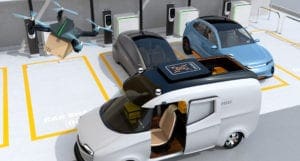
An e-commerce revolution has rapidly increased delivery activity. Flexible Design provides the framework for anticipating disruptive trends & impacts.

Nick will support WGI in the development and implementation of technology-enabled strategies for innovation, sustainability, growth, and leverage opportunities for digital transformation.
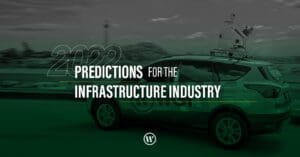
WGI’s experts from multiple divisions share their thoughts and predictions in terms of what we can expect to see in our industry in 2022 and beyond.

WGI stayed in growth mode throughout the pandemic as it moved to expand its geographic footprint by furthering early steps at organic expansion.
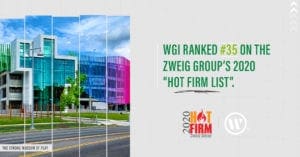
WGI makes a very significant 41-spot jump from last year’s Hot Firm ranking of #76.
You’ve been searching for a place like WGI. We look forward to meeting you soon.
Sign up to receive emails to hear our latest news and achievements in our monthly newsletter.
Enter your zip code, and we’ll personalize your experience with local projects, office locations, team members, and more.
WGI supports its associates with meaningful opportunities for growth, strong benefits and perks, while we work collaboratively with clients and co-consultants to shape and improve communities.






WGI is a dynamic organization with opportunities nationwide for engineers, land surveyors, landscape architects, environmental scientists, and architects.